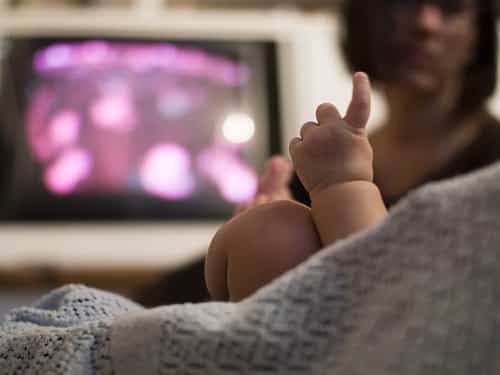The Graph You’ve Been Waiting For Showing How Single Moms Are Not Responsible For Gun Violence Is Here
 Ever since I heard Mitt Romney offer marriage as a solution to gun violence, I’ve been sitting around all week waiting on the number crunchers to crawl out of the woodwork. Well, to top off this end to another debate week, one has. And while I would not uphold one sociologist’s analysis as the definitive end to this debate, Philip Cohen‘s findings do pose some noteworthy rebuttals to the governor’s suggestion that wedding processions are just the antidote.
Ever since I heard Mitt Romney offer marriage as a solution to gun violence, I’ve been sitting around all week waiting on the number crunchers to crawl out of the woodwork. Well, to top off this end to another debate week, one has. And while I would not uphold one sociologist’s analysis as the definitive end to this debate, Philip Cohen‘s findings do pose some noteworthy rebuttals to the governor’s suggestion that wedding processions are just the antidote.
TIME reports that Cohen of University of Maryland, College Park has put together a graph showing that as single motherhood has been on the rise — and become even the norm in women under 30 — gun violence has been on the decline since 1990 — and by a lot. After reviewing the data, TIME writer Belinda Luscombe echoes a lot of my own sentiments when it comes to children from two-parent households seeming so awesome on paper:
Studies overwhelmingly suggest that children who grow up in stable two-parent families do better on a long list of measures than those whose families have fragmented. This does not mean, of course, that every child with two parents does better than every child with one. Nor does it necessarily mean that the family structure is the primary force at work. It may just be that stable two-parent families are richer; in most cases, for example, they can achieve economies of scale that are not possible for single-parent families, and this wealth opens up more opportunities for education and other experiences. It’s also true that wealthy well-educated people are more picky about when they have children and with whom: they marry later, are less likely to divorce and are more likely to wait to have children until after marriage than those with fewer resources.
Luscombe’s assertion that money and resources — not wedding rings –have impact gets us closer to what actually produces well-adjusted kids. Make no mistake though, the correlation with poverty is there considering that mostly educated, wealthier Americans are currently marrying in this country. But a jaunt down the aisle won’t instantly change these circumstances — unless droves of Americans make it their priority to marry rich, I guess. But if we’re looking to respect the institution of marriage, I don’t think we should be encouraging young people to do that either.
Cohen himself also presented TIME with another important factor when you consider kids and families:
“Children are much more likely to be poor as adults if they were poor as children, regardless of whether their parents were married…Getting people married is not the answer. Getting families the support they need is.”
A senior fellow in labor and social policy at the the Urban Institute, Robert Lerman, takes a more Mitt Romney line of approach saying that the economic stability of marriage cannot be ignored:
”Marriage limits material hardship, even in less educated and low-income families…If more parents were married, remained married and remained in healthy marriages through government initiatives, poverty could be lowered.”
If you want to look at all of this in a different, and albeit less scientific way, Luscombe suggests taking a look at a timeline of the 12 most recent mass shootings in the United States. Half of them come from two-parent homes and three were raised by those gun violence-producing single parents. In another year, would a hypothetical (knock on wood) three more shootings be carried out by people from single parent households? No one can answer that for us. But there’s clearly a lot more at work than just a piece of paper.
(photo: Vartanov Anatoly/ Shutterstock)






